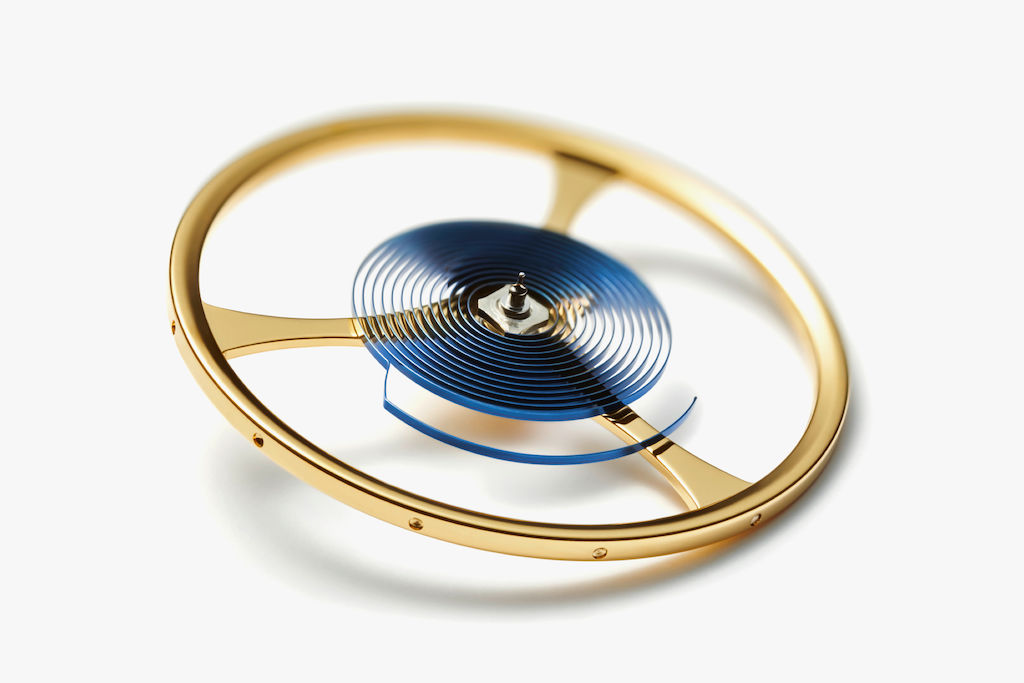The balance spring is a particularly remarkable component. Created from the most delicate strip of steel, much thinner than a human hair, it is the inner part of the escapement and represents the beating heart of a watch movement. The inner end is connected to the axis of the balance wheel; a part known as the balance staff. The outer end is attached to the balance cock via the stud. The balance spring ensures that the balance oscillates evenly and thus ensures the overall accuracy of the watch. Its length, elasticity, and curve determine the precision of the escapement.
Who invented the balance spring?

The escapement with a spring at its heart was invented in the 17th century. The Dutch physicist Christiaan Huygens (1629-1695), who later lived in France, was the first to recognize that the laws of pendulum oscillation could be transferred to the concentric oscillation of a balance spring and used to regulate the rate of portable clocks. Subsequently, experiments were carried out with both flat and cylindrically ascending balance springs.
What is a Breguet balance spring?

The watch pioneer Abraham Louis Breguet (1747-1823) optimized the uniformity of balance spring oscillation by only moving the balance spring coil upwards into a second plane in the final curve, which allowed the spring to oscillate even more reliably. Calculating and realizing the exact degree of curvature is one of the most demanding disciplines in the art of watchmaking.
What characterizes the NOMOS balance spring?

The NOMOS balance spring has been adapted to the in-house NOMOS swing system and is assembled by NOMOS in Glashütte, Germany. This guarantees that NOMOS calibers run so precisely that they can be regulated according to chronometer values without gaining height. After all, NOMOS Glashütte's goal in watchmaking is not only to maximize precision and stability, but also to achieve the greatest possible elegance. The NOMOS balance spring can be recognized by its blue color. Traditionally, bluing in Glashütte was used for refinement. Today, we simply enjoy the aesthetic.
